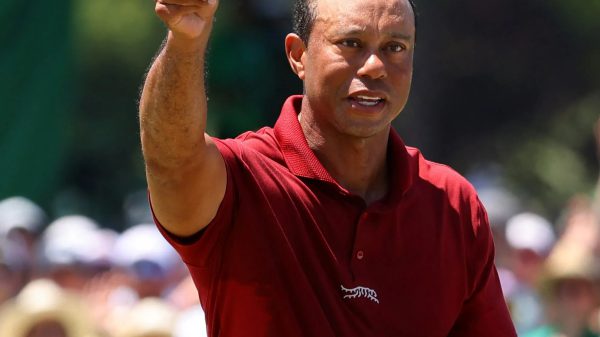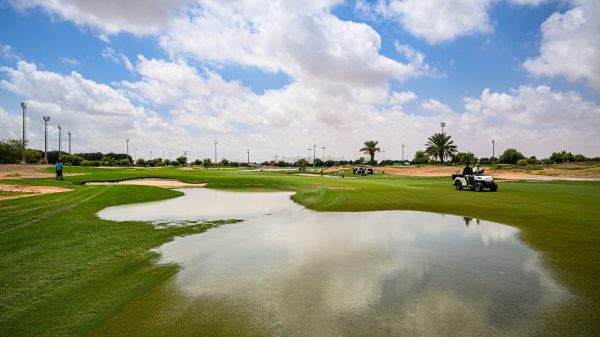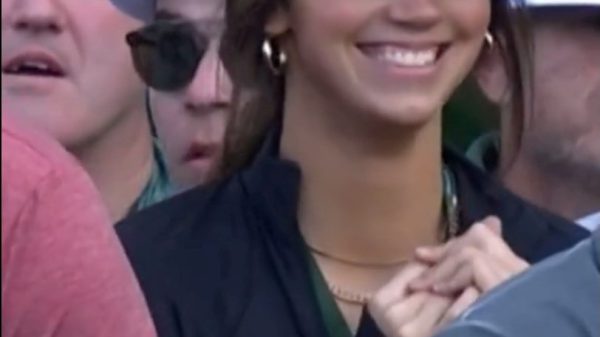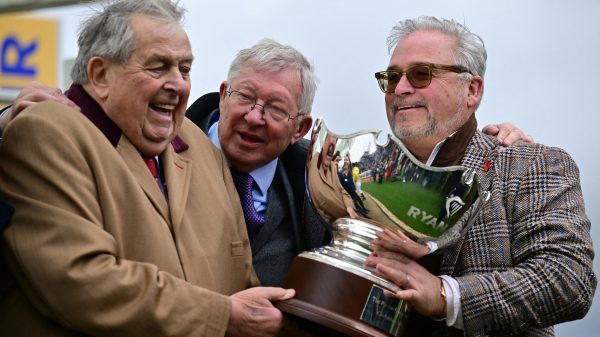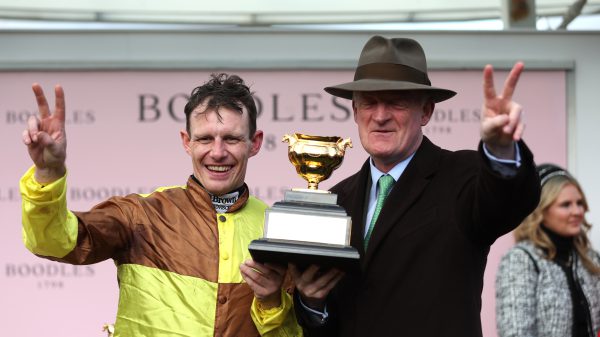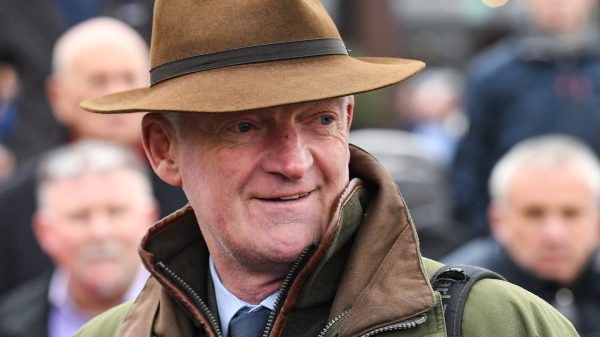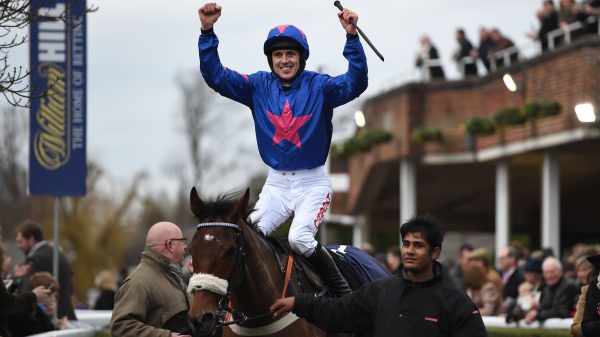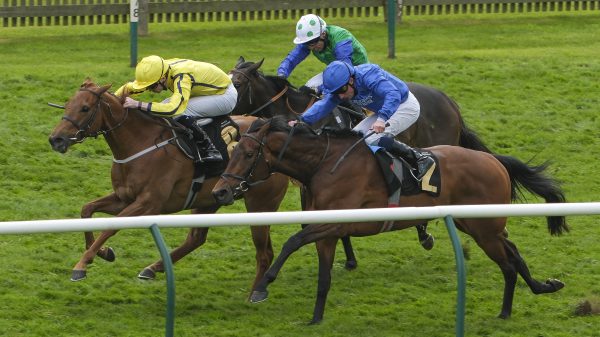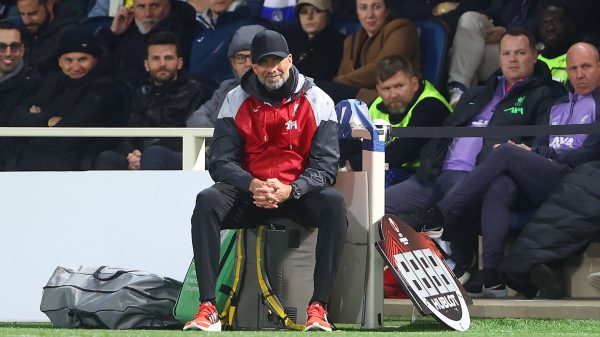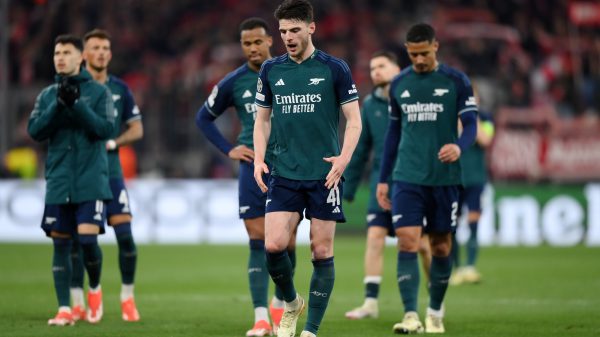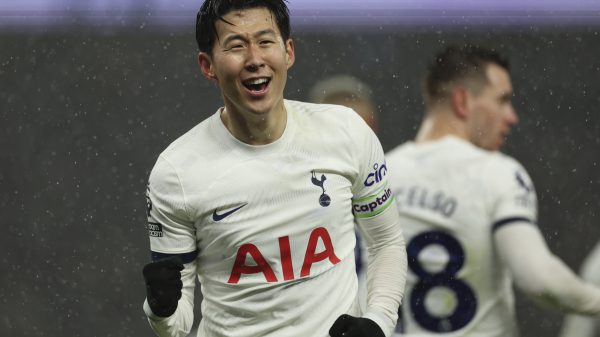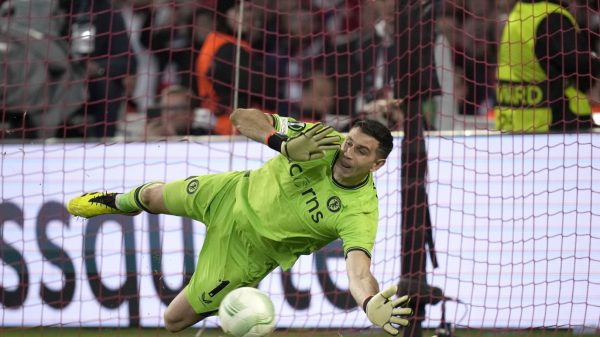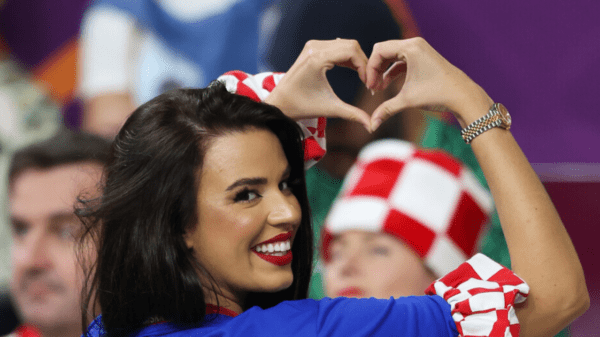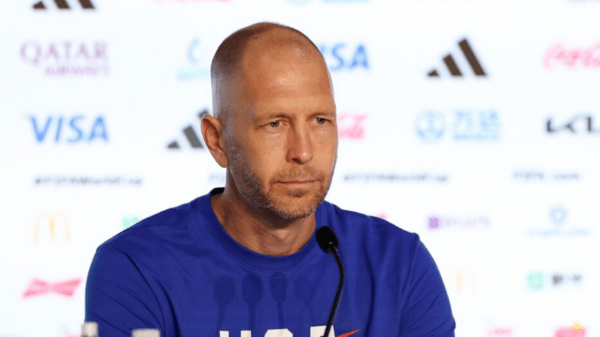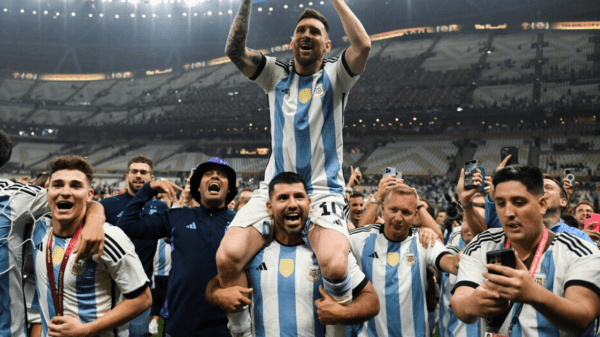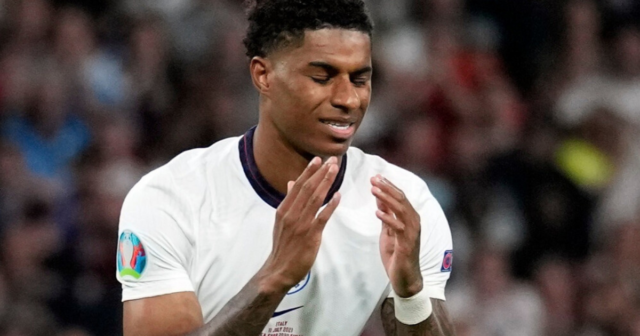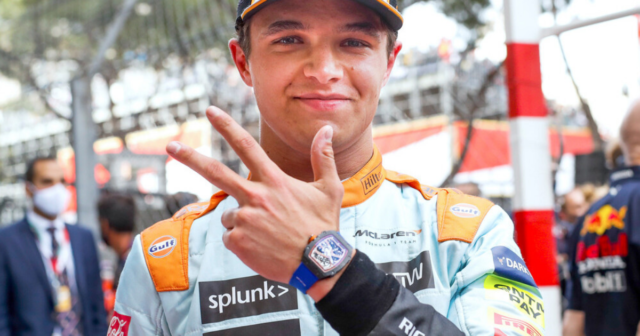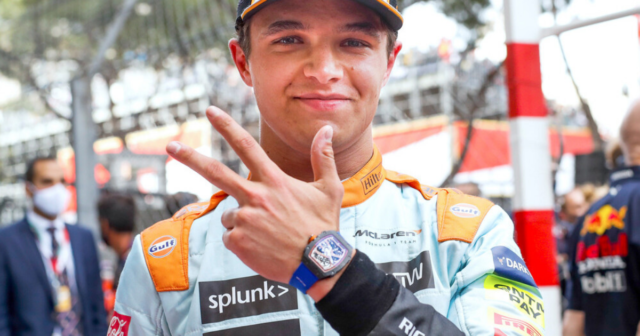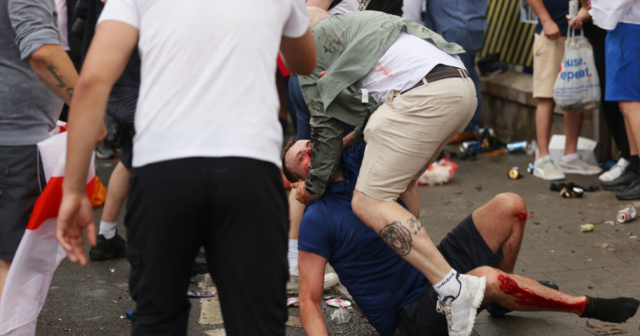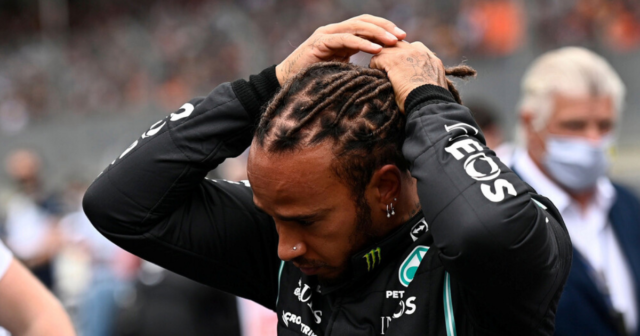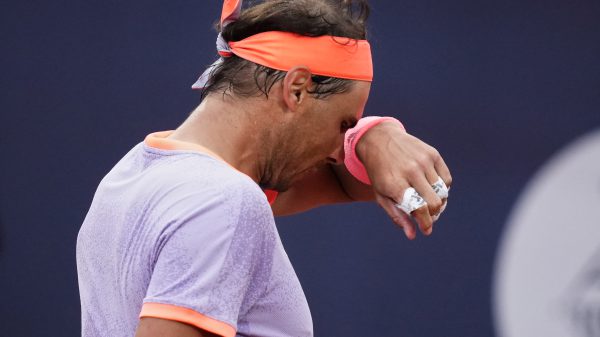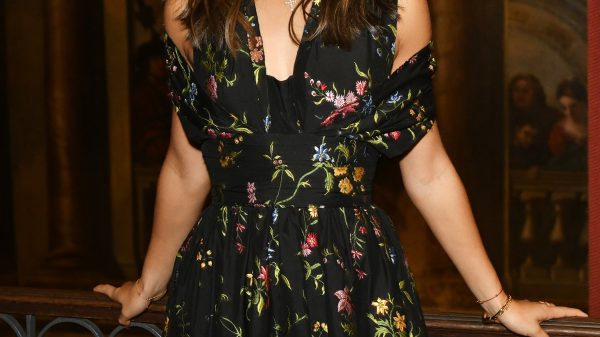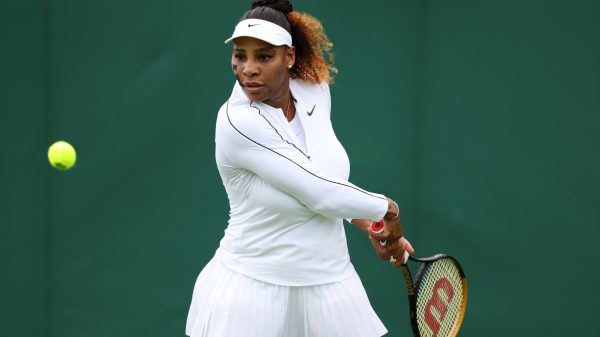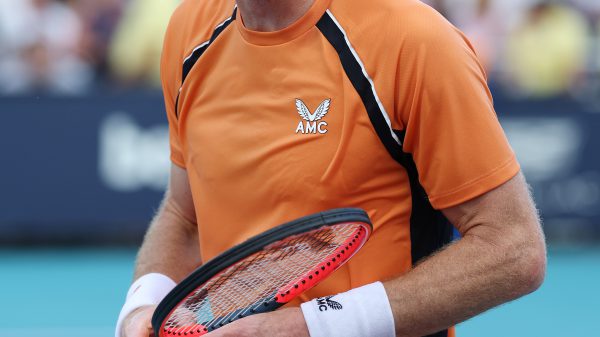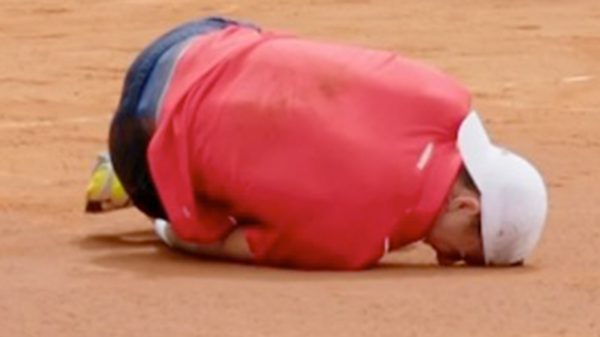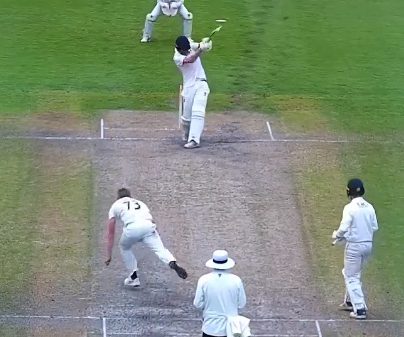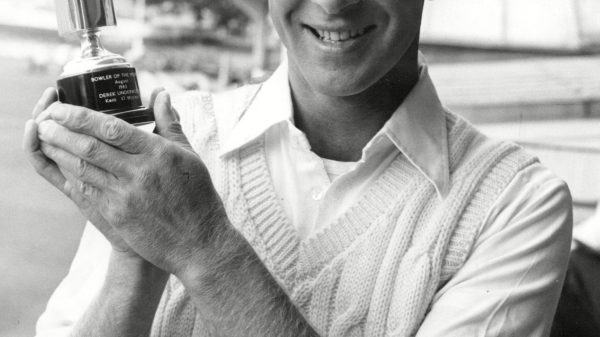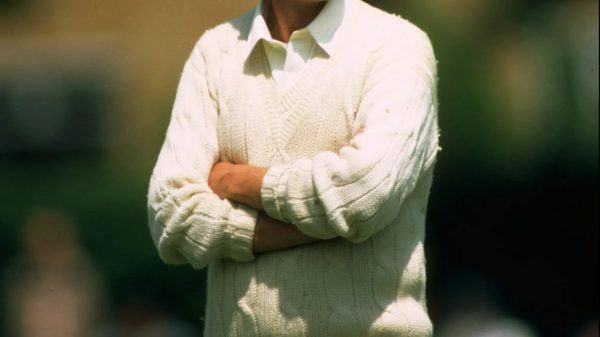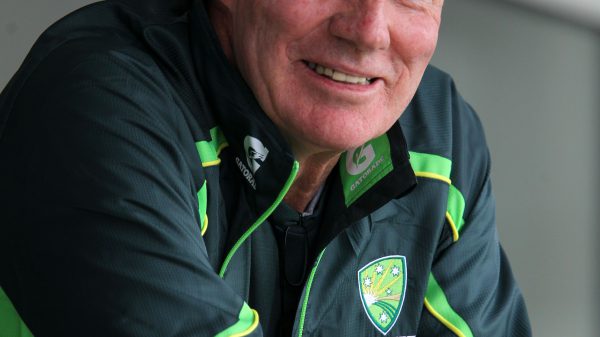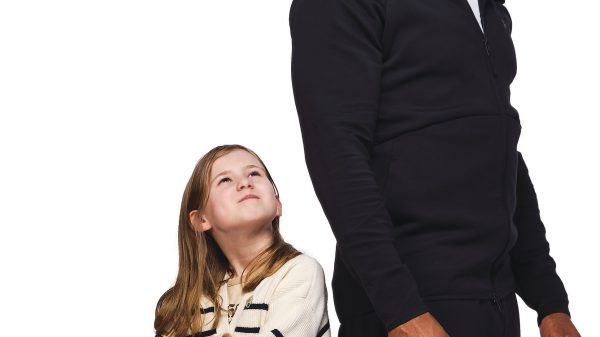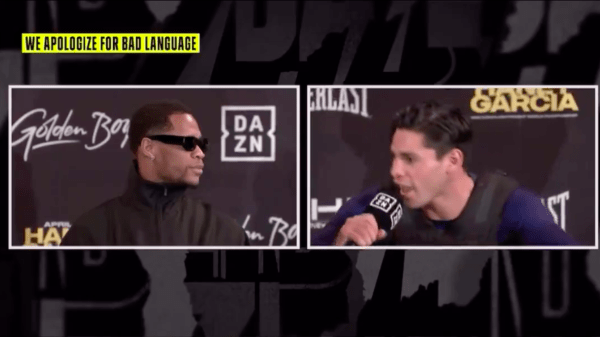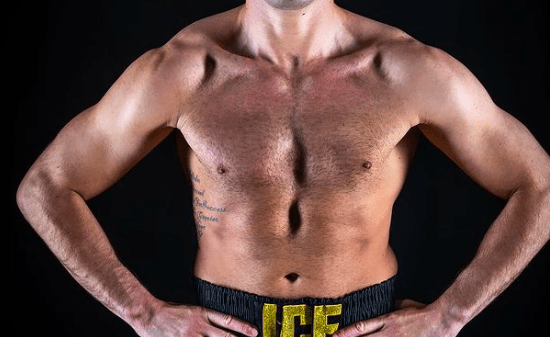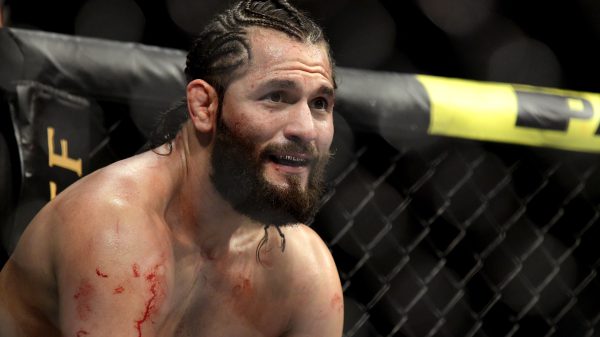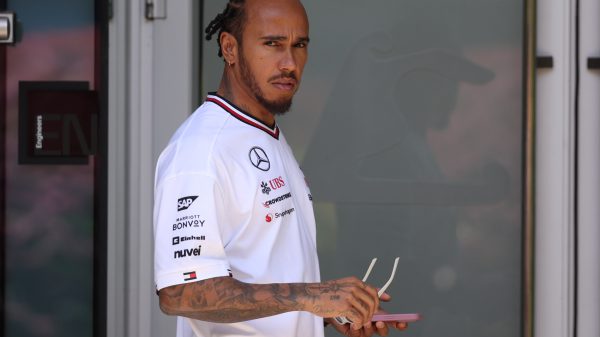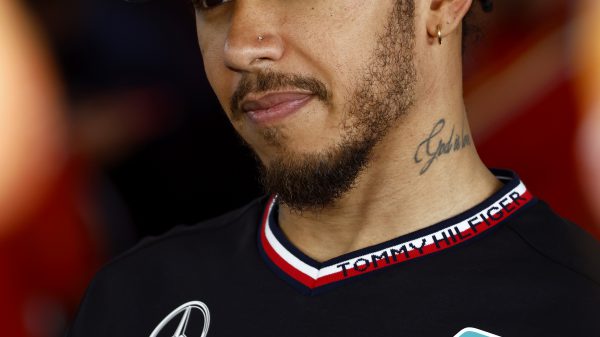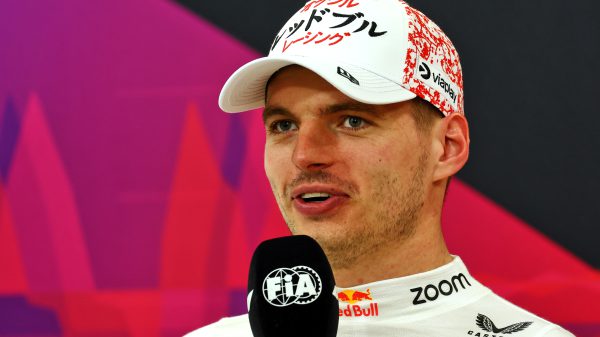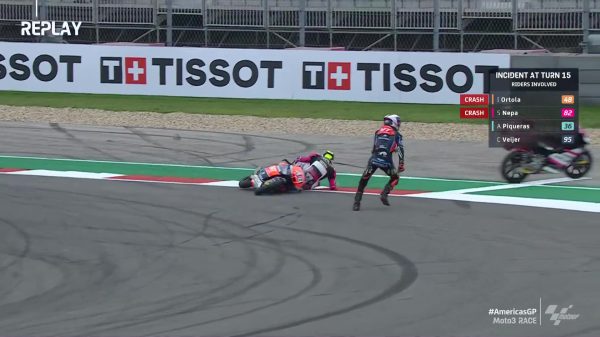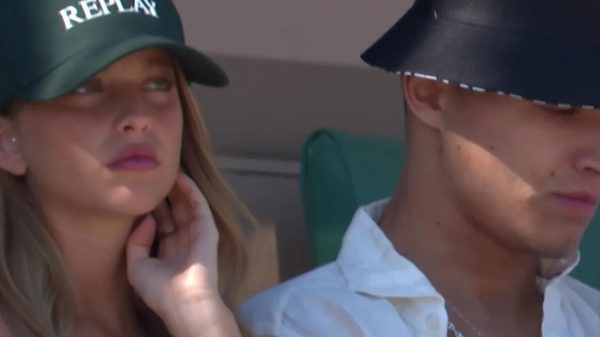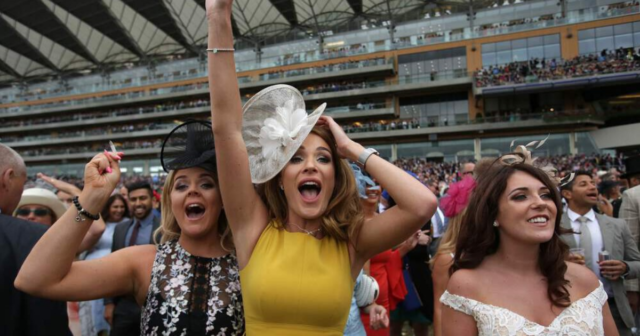GET ready to enjoy a right Royal feast of top-class action at the world’s most famous Flat meeting.
Whether you are going to the track or watching it from your armchair here is an easy guide — and a few punting pointers to help you pick a few winners across the five days of fabulous action.
Royal Ascot is the biggest and best Flat racing week of the year
ROYAL ASCOT
Royal Ascot is the biggest week in the British Flat racing calendar. Racing has been taking place at the course since it was founded by Queen Anne in 1711.
It wasn’t until 1911 that the Royal Ascot week started. For many years it ran from Tuesday to Friday with Saturday known as the Heath meeting.
That changed in 2001 when Saturday became a Royal day to mark The Queen’s Golden Jubilee — and it has been five days ever since.
Another recent change has been the move to seven races each day from the traditional six, which happened in 2020.
RACE TYPES
Royal Ascot is a Flat meeting – unlike the likes of the Cheltenham Festival over jumps. Here are the different types of races…
GROUP RACES
These are the crown jewels of the sport. The top level is Group 1 where the world’s best horses like Baaeed meet.
Horses all carry the same weight in Group 1 races but there are allowances for fillies against colts and younger horses taking on their elders.
Royal Ascot is special because there are eight Group 1 races at the meeting.
Then there are Group 2, 3 and Listed races. These are still very important but just below the top level.
HANDICAPS
You get plenty of these at Royal Ascot, usually with a big field.
In a handicap, the goal is for horses of different abilities to be able to race each other without the result being obvious.
The better horses carry more weight than the slower ones.
The weights are allotted by a handicapper with the aim to level up the horses to their ability.
TWO-YEAR-OLD RACES
Another feature of Royal Ascot are the prestigious two-year-old races.
Flat horses start their careers at two and races such as the Coventry Stakes show us who are the best of the new generation.
DISTANCES
Flat races are run in furlongs of 220 yards. There are eight furlongs to a mile.
The shortest race distance is five furlongs and these races are also called sprints.
The longest Flat race of the season in Britain is the final one of Royal Ascot, the gruelling Queen Alexandra Stakes over two miles and six furlongs.
Races of that distance are known as staying contests.
Can Dettori win a fourth Gold Cup on Stradivarius – the undisputed king of the staying division?
WHICH COURSE?
There are two courses at Ascot. The round course and the straight.
Sprints and most races up to a mile are run on the straight, while longer races are on the round course.
This is right-handed with a shorter run-in of just over two furlongs. Our racecards tell you which course the race is being run on.
THE GOING
The going is the condition of the ground on the day of racing.
If there has been a lot of rain it will often be described as soft or heavy which means very soft. This is also known as slow ground.
If there hasn’t been so much rain around, it could be good or even good to firm. This is often known as fast ground.
It’s important because some horses like soft ground and others like it good or firm.
The Favourite’s racecards tell you which going each horse has won on: S-Soft, G-Good, GS-Good to Soft, F-Girm, GF-Good to firm.
THE DRAW
Flat races have starting stalls unlike the jumps where the horses just line up.
You will hear the draw mentioned as this is the number of the stall the horse will start the race from.
In some races, especially sprints, it’s better to be either high, low or in the middle when the race starts.
This can be for many reasons — especially if it has rained as the sides of the course can dry out quicker than the middle making the ground quicker there.
The draw doesn’t tend to be a factor on the round course.
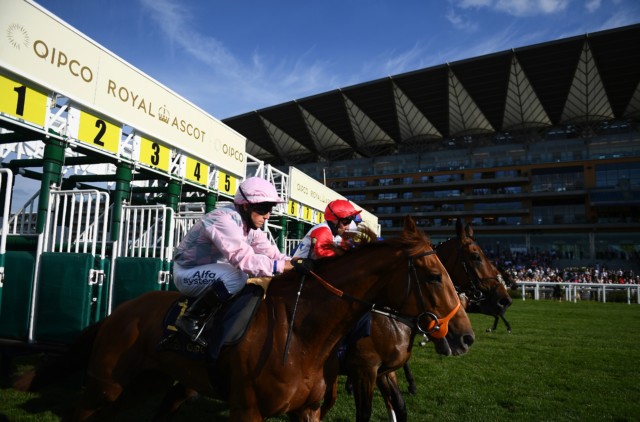
FORM
You can spend seconds or hours looking at a horse’s form – the record of how it has done in its previous races.
On the racecard, the horse’s most recent run is always closest to its name.
So if it says 311-221 that means the horse won its last race and finished second in the two before that.
Everything to the left of the dash is from last season. There is more detail in the Sunform we carry for every race. That tells you where the horse ran last time and how it did.
TRACK RECORD
Horses who have run well at Ascot often come back and run well again. This is shown on the racecard. C: The horse has won at this course before – ie Ascot.
D: The horse has won a race over this distance before.
CD: The horse has won a race over this course AND distance before.
For instance, Reshoun is one of eight course and distance winners running on tomorrow’s card.
HEADGEAR
There are different types of headgear mostly designed to help a horse concentrate in a race.
They are shown by different symbols on the racecard and here is a quick look at most of them…
T: The horse is wearing a tongue tie. This is a device used by trainers to stop the horse’s tongue from flapping about. It doesn’t hurt them.
B: The horse is wearing blinkers. This is a type of hood the horse wears with little cups around the eyes. It helps the horse to look forwards during the race and not be distracted. Majestic Dawn (left) will be wearing them when he runs in the 5.35 tomorrow.
H: The horse is wearing a plain hood — it doesn’t have the blinkers on but goes over their ears to help block out noise and help them stay nice and calm, especially before a race.
P: The horse is wearing cheekpieces. These look like big sideburns and are attached to the horse’s bridle. They help the horse to concentrate.
STAR: This means the horse has blinkers, cheekpieces or hood on for the first time.
OWNERS, TRAINERS AND JOCKEYS
Surprise, surprise, owners own the horses. But they can be individual people or racing clubs and syndicates with thousands of members.
Trainers look after the horses, they live at their stables and are kept fit and prepared for each race.
Jockeys ride the horses in the race. Some jockeys have little figures in brackets after their name. These are usually young riders called apprentices who are just starting their career.
The little number in brackets is the weight in pounds knocked off each horse and it reduces as the jockey gains more experience.
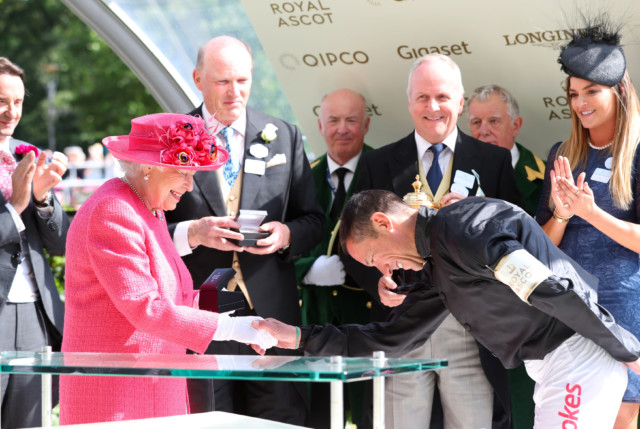
Dettori is best known for his heroics at Ascot – and could have a winner for the Queen this year
JOCKEYS’ COLOURS
The colours relate to the owners. Each owner has their own silks that jockeys riding their horses wear.
When the same owner has two or more runners in the race, the jockeys wear the same shirt but have a different coloured cap.
HAVING A BET
We all love to take a few quid off the bookies. There are various ways of doing this, here are just a few…
WIN SINGLE
This is where you pick a horse and back it to win. It has to be first past the post to get a return.
You can bet at Starting Price (SP) which is returned by the bookies after the race, or you can take the price the horse is when you make the bet.
It usually makes more sense to do that.
EACH-WAY
This is where your horse either has to win or finish in the places.
In handicaps, usually the places are the first three for races of 5-15 runners, or the first four for 16-runners or more.
But some bookies offer even more places so check the adverts in the Favourite each day.
With an each-way bet half your stake goes on the win, and half goes on the place which is paid out at either a fifth or a quarter of the odds depending on your bookie.
FORECAST
This is where you try to name the horse that will finish first and the one that will come second – in the right order. A bit tricky!
ACCUMULATORS
Also known as an acca, this is where you try to pick the winner of two or more different races — and they all have to win to get a payout. Even more tricky!
PLACEPOT
This is where you pick a horse to be placed in the first six races of the meeting.
If they do you’ll get a potentially very nice return at a big meeting like Royal Ascot.
THE BIG RACES
For many people, the highlight of the week is the Ascot Gold Cup on Thursday. This is the race Stradivarius is trying to win for the fourth time.
It is run over two and a half miles.
Handicap fans look forward to the Royal Hunt Cup on Wednesday when 30 horses thunder down the straight mile.
It’s the same on Saturday as a massive field will go for the Wokingham Stakes over six furlongs.
TRAINERS TO FOLLOW
Looking at the past 20 years, Ballydoyle’s Aidan O’Brien is the king of Royal Ascot with 65 wins — but he did have a mammoth 474 runners.
John Gosden has 42 winners, while Sir Michael Stoute is on 39.
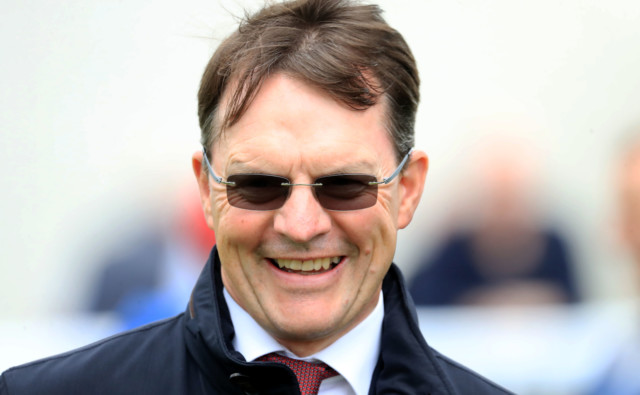
O’Brien, the man behind the glasses, is almost untouchable as the best of the best in the Flat racing world
If you’re looking for a trainer to follow blindly, American Wesley Ward has had 12 winners from his 78 runners and you would have made a £37.50 profit by putting a quid on each of them.
James Fanshawe and Clive Cox are two other trainers who have made a good profit at Royal Ascot.
JOCKEYS TO WATCH
In the past two decades, Ryan Moore leads the way with 66 winners, while it’s 48 for Frankie Dettori.
But you would have lost loads of cash backing those two in every race.
It’s a different story for William Buick. If you had put £1 on all his rides at Royal Ascot so far you would be an impressive £50 in profit.
The other man to watch is Adam Kirby with a profit of £98.


